Okay, I admit it. I have a girl crush on Juliet Stevenson. Ever since I first saw her in the 1990 film Truly, Madly, Deeply with Alan Rickman, I have loved her sexy, round and intelligent tones. Imagine how excited I was to discover, therefore, that you can have Juliet in your ear for a whole hour and 15 minutes while you sit through a so-called ‘sound installation’ — or rather an audio staging — of Blindness, the current offering at the Donmar Warehouse and the first opening since lockdown.
Sitting in a darkened theatre studio, with strobe lighting and headphones, you are seated in your own space, and socially distanced from 40 other people. While this may not sound like everyone’s idea of fun, once you let go of the traditional notion of theatre and where the stage is, it was intriguing. Here was Stevenson narrating the entire script on a pre-recorded soundtrack and leading us through an unknown world that becomes increasingly terrifying.
Based on the novel of the same name by the Nobel prize-winner Jose Saramago, the play follows the impact of a contagious disease in an unnamed city that renders its victims instantly blind. Stevenson, who plays the doctor’s wife (no one is ever named), introduces us to different characters, including a loyal dog, who accompany her through her story. This is a world where blindness seems to cause everyone to lose all notions of social cohesion. Not affected by the disease, our guide fakes blindness so that she can accompany her blind husband, who with other souls is shipped by the government to be housed in an ex-mental asylum. As the world falls apart, so too does life in the ward, and we bear witness to her and others’ travails as they struggle for food and water to survive.
Blindness as a subject is always provocative and useful as a plot device. Just think of John Wyndham’s Day of the Triffids, and H.G. Wells’s ‘Country of the Blind’, so I would say from the outset that simply calling a play ‘Blindness’ sets up a few stereotypical expectations. We have the blind people described as clumsy walkers with stretched-out arms, and a sense of desperate helplessness that is rather demeaning and depressing.
But what surprised me most about this production was the careful way our heroine guided us through the contagion. The story was far more about survival in a horrendous situation, and the extremes that people will go to survive, than about lack of sight. Indeed, the obvious metaphor of blindness and sight to symbolise ignorance and knowledge began to fade as the story progressed, because all you want to know is whether our girl survives.
The concept of adapting a novel into a live non-visual experience (rather than an audio book) was also unexpectedly exciting — the fact that most of the story is told to you via headphones does not matter. There were even moments when I felt as if Stevenson was telling this story just to me — which was both intimate and claustrophobic.
While I would not recommend this for the faint-hearted, it is a unique and at times pertinently disturbing show. I am sure a few will counter: why not stay at home and listen to it in the bath? But one could also argue that sitting in a theatre gave it the edge. We were all in this together with the sonorous Juliet, and survived.
Got something to add? Join the discussion and comment below.
Get 10 issues for just $10
Subscribe to The Spectator Australia today for the next 10 magazine issues, plus full online access, for just $10.
You might disagree with half of it, but you’ll enjoy reading all of it. Try your first month for free, then just $2 a week for the remainder of your first year.

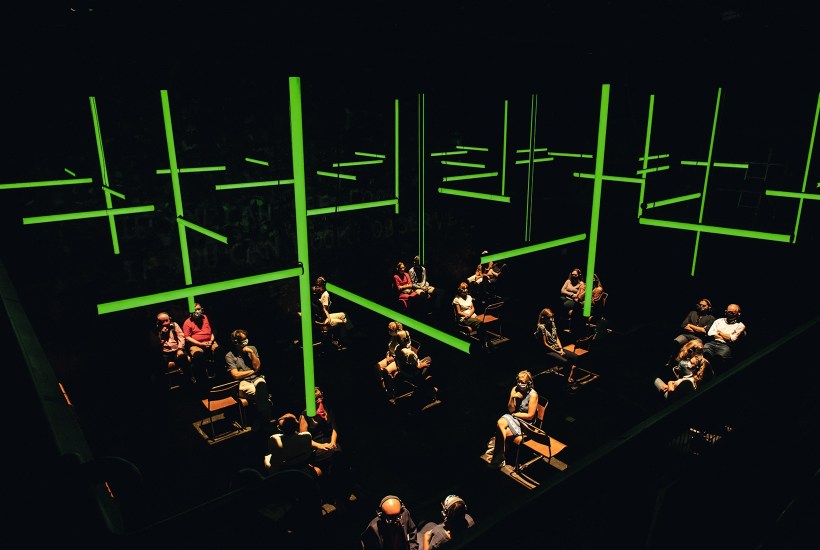
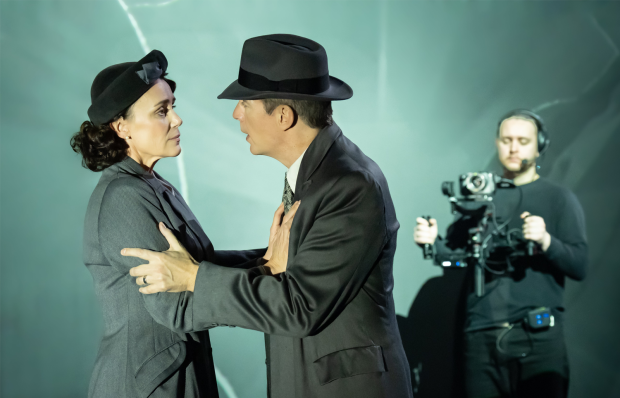
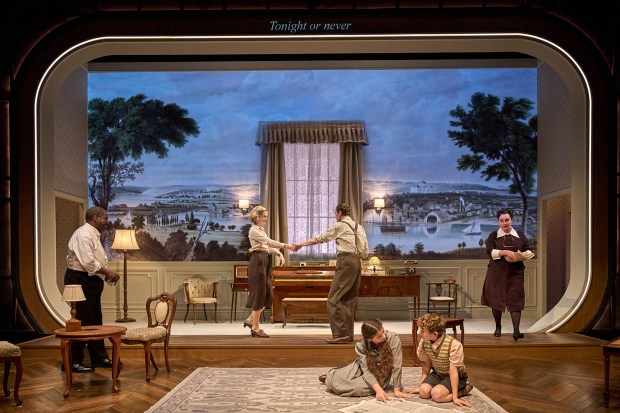
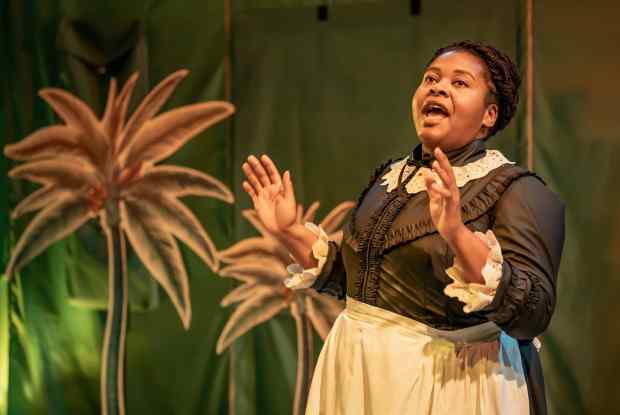
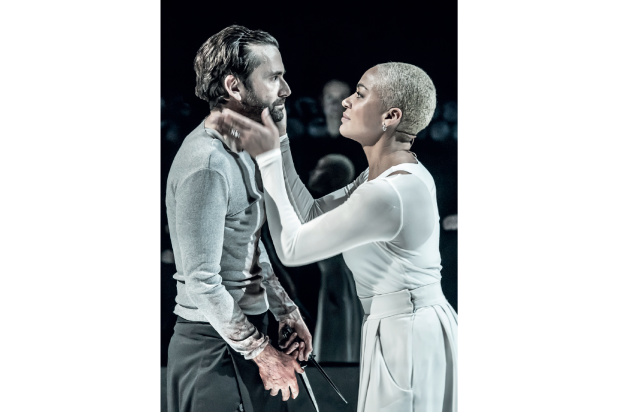
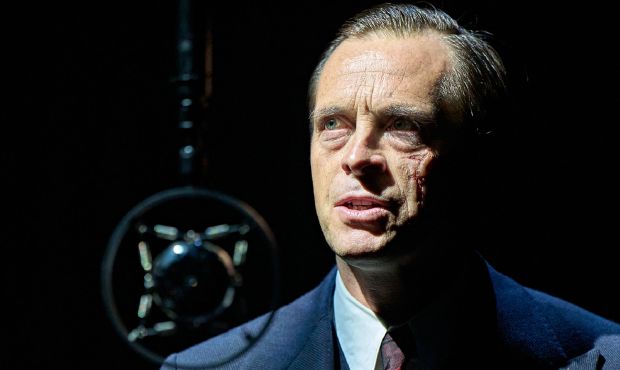
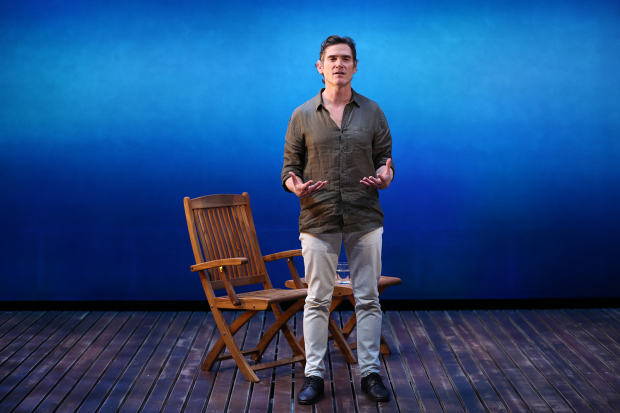






Comments
Don't miss out
Join the conversation with other Spectator Australia readers. Subscribe to leave a comment.
SUBSCRIBEAlready a subscriber? Log in